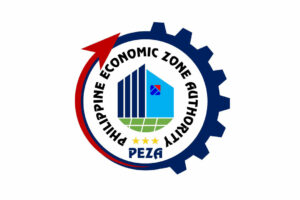THE Philippine Economic Zone Authority (PEZA) said many of its locators will thrive when the Luzon Economic Corridor infrastructure initiatives are put in place, citing the strengthening of interconnectivity between Central Luzon and Calabarzon.
In a statement on Thursday, PEZA Director General Tereso O. Panga said about 1,600 PEZA-registered manufacturing, service, and export-oriented companies are based in 137 economic zones (ecozones) in Metro Manila, Clark, and Batangas.
“As such, we look forward to the infrastructure projects that will strengthen the connections between these industrial export hubs,” Mr. Panga said.
The Luzon Economic Corridor is a project of the Philippines-US-Japan trilateral agreement that aims to improve the links connecting Subic Bay, Clark, Metro Manila, and Batangas.
The initiative aims to attract investment in high-impact infrastructure projects in the region, including rail, port modernization, agribusiness, and clean energy and semiconductor supply chains.
In particular, Mr. Panga said that the projects to be implemented under the initiative will not only enhance the ease of doing business but also increase the output of companies based in the ecozones.
“We are positive that this will de-clog and decongest logistical pinch points in Luzon, which serves as a major challenge to our locator companies and even to potential investors,” said Mr. Panga.
“It will lead to the seamless flow of products and materials from and into the zones and will also enhance the country’s attractiveness as an investment destination,” he added.
To complement the Luzon Economic Corridor, PEZA said that it is planning to open more ecozones beyond Calabarzon into the Bicol Region as connectivity to that region improves.
“Bicol already has airports in strategic locations that complement these upcoming infrastructure trade highways. The only major component lacking is international seaports on the eastern seaboard of the Philippines,” PEZA added.
Mr. Panga cited the need for east-coast seaports to de-risk trade by shortening the distance goods have to travel to Taiwan, South Korea, the US, Japan, Australia, New Zealand, and other Pacific destinations.
“It will create new growth areas that will uplift the lives of millions in the region and will have an economic impact on Southeastern Visayas as well,” he added. — Justine Irish D. Tabile
